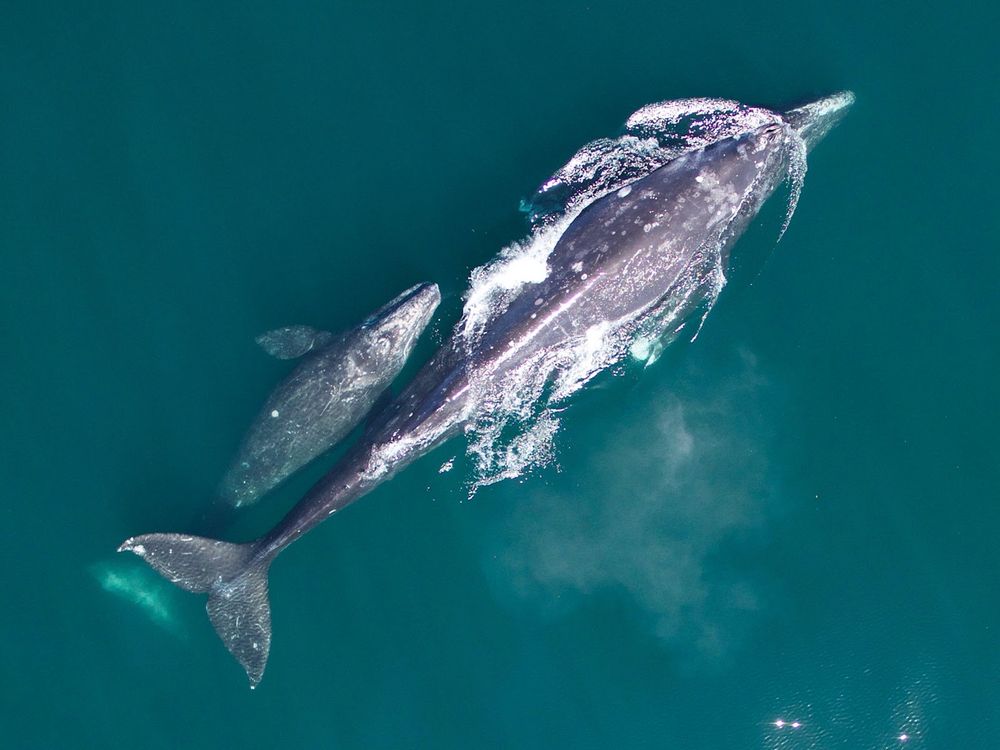With many thanks to: @celestemare.bsky.social, @ymalhi.bsky.social, @duvallecology.bsky.social, @jcsvenning.bsky.social, @fonsvanderplas.bsky.social, and many others not on bluesky
09.12.2025 12:35 — 👍 5 🔁 1 💬 1 📌 0
So, next time you sit down to dinner and immediately reach for the salt shaker, spare a thought for Africa’s salt-starved megaherbivores.
09.12.2025 12:35 — 👍 6 🔁 0 💬 1 📌 0
From crop raiding by elephants to moose collisions with cars due to road salting, wild animal movements, ecological impacts and conflict with humans are often driven by a desire to satisfy their salt cravings.
09.12.2025 12:35 — 👍 4 🔁 0 💬 1 📌 0
Where animals can't get enough salt in their diet, they may come into conflict with humans. Many protected areas are located in low-sodium environments; yet humans have artificially increased salt availability through activities like borehole water pumping and crop fertilisation.
09.12.2025 12:35 — 👍 4 🔁 0 💬 1 📌 0
While rhinos, kudu, springbok and zebra often gather at natural and artificial salt pans from the Kalahari Desert to the Maasai Mara.
09.12.2025 12:35 — 👍 4 🔁 0 💬 1 📌 0

Gorillas on the other hand are known to fight for the saltiest foods, in particular decaying wood stumps that accumulate high levels of sodium (photo credit: Jessica Rothman)
09.12.2025 12:35 — 👍 5 🔁 0 💬 1 📌 0

Salt limitation also explains several interesting behaviours exhibited by wild animals. In Kenya, elephants enter caves to consume the sodium-rich rocks, while in the Congo rainforest, they dig for salt in riverbeds
09.12.2025 12:35 — 👍 8 🔁 0 💬 1 📌 0

Together, these results provide a new explanation for the so-called 'missing megaherbivores' in West and Central Africa. There is enough productivity to sustain higher densities of elephants, rhinos and giraffes, but a curious absence of these largest-bodied herbivores.
09.12.2025 12:35 — 👍 7 🔁 0 💬 1 📌 0


Adding plant sodium availability improved statistical models predicting large herbivore density across Africa. We found that the largest species (megaherbivores) were the group most constrained in low-sodium environments, mirroring our previous work on the allometry of sodium requirements
09.12.2025 12:35 — 👍 8 🔁 0 💬 1 📌 0
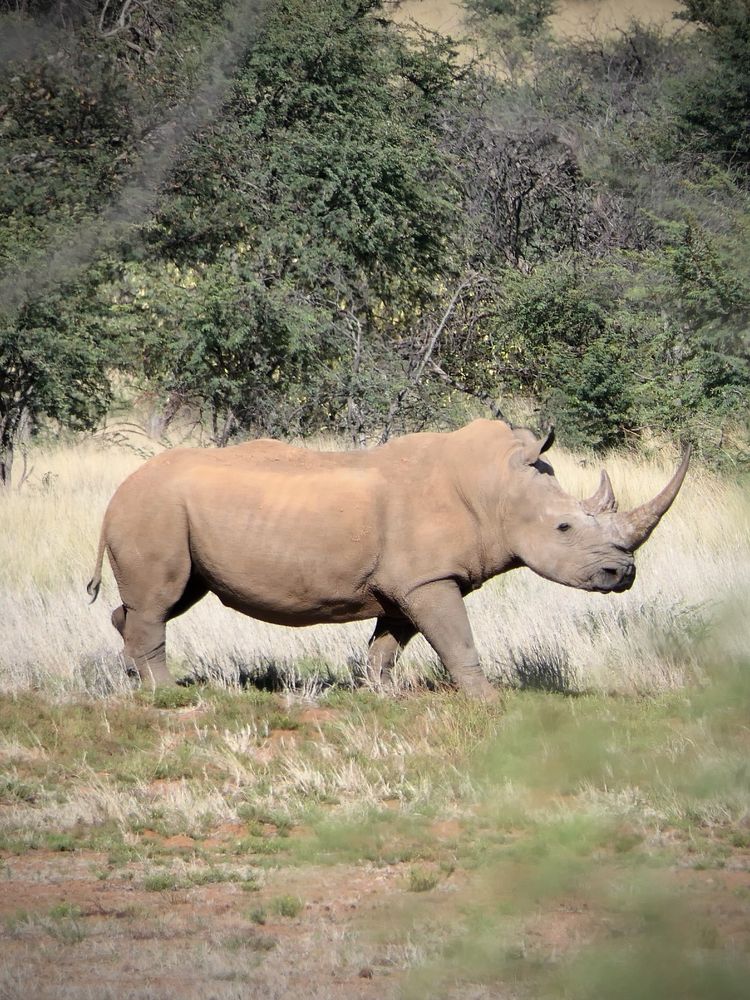
Interestingly, we found that in any given place, grasses had approximately 1-2x more sodium than woody plants; a pattern that was reflected by grazers generally having higher dung sodium concentrations that browsers.
09.12.2025 12:35 — 👍 6 🔁 0 💬 1 📌 0

Over 1,300 dung measurements from across 20 different wild herbivore species confirmed our assumption that plant sodium availability is a major determinant of herbivore sodium intake.
09.12.2025 12:35 — 👍 6 🔁 0 💬 1 📌 0

We collected a large database of plant sodium concentrations from across Africa and generated high-resolution maps, which revealed multi-scale gradients
arising from sea-salt deposition, hydrology, soil chemistry and plant traits.
09.12.2025 12:35 — 👍 7 🔁 0 💬 1 📌 0
Humans live in a world abundant in salt. In fact, medical professionals warn most of us against the dangers of consuming too much. Yet, it is far from clear how wild herbivores get enough and if this may limit their abundance.
09.12.2025 12:35 — 👍 4 🔁 0 💬 1 📌 0
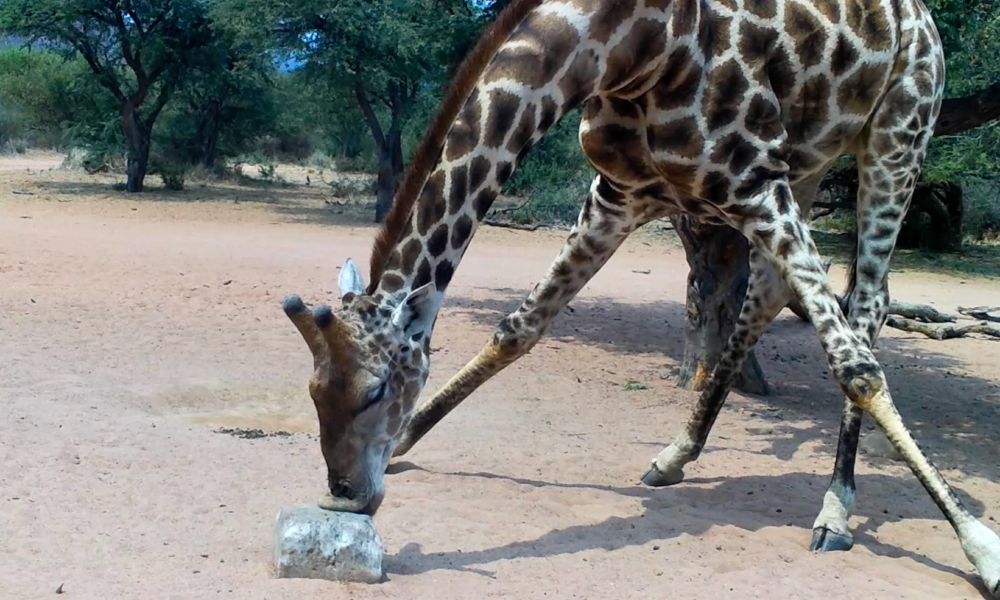

Earth's largest land animals are limited by salt.
Sodium availability constrains the density and distribution of elephants, giraffes and rhinos across Africa, and offers a new explanation for the so-called 'missing megaherbivores'.
www.nature.com/articles/s41...
Free access: rdcu.be/eTPY2
09.12.2025 12:35 — 👍 100 🔁 45 💬 5 📌 10

🦁Predators have a strong sex-bias when it comes to their favourite prey 🌏
In their new paper @andrewabraham.bsky.social quantify large carnivore sex-biases in Africa and examine how wildlife managers can replicate such effects when natural predators are missing 👇
buff.ly/Q8cB4Qq
14.10.2025 11:02 — 👍 5 🔁 3 💬 0 📌 0
Super important work by Tim Kuiper and co!
07.06.2025 05:26 — 👍 4 🔁 0 💬 0 📌 0
Great opportunity to lead discussions in biodiversity conservation for ECRs
29.05.2025 15:20 — 👍 1 🔁 0 💬 0 📌 0
Great project, with a great team!
20.05.2025 09:07 — 👍 1 🔁 0 💬 0 📌 0
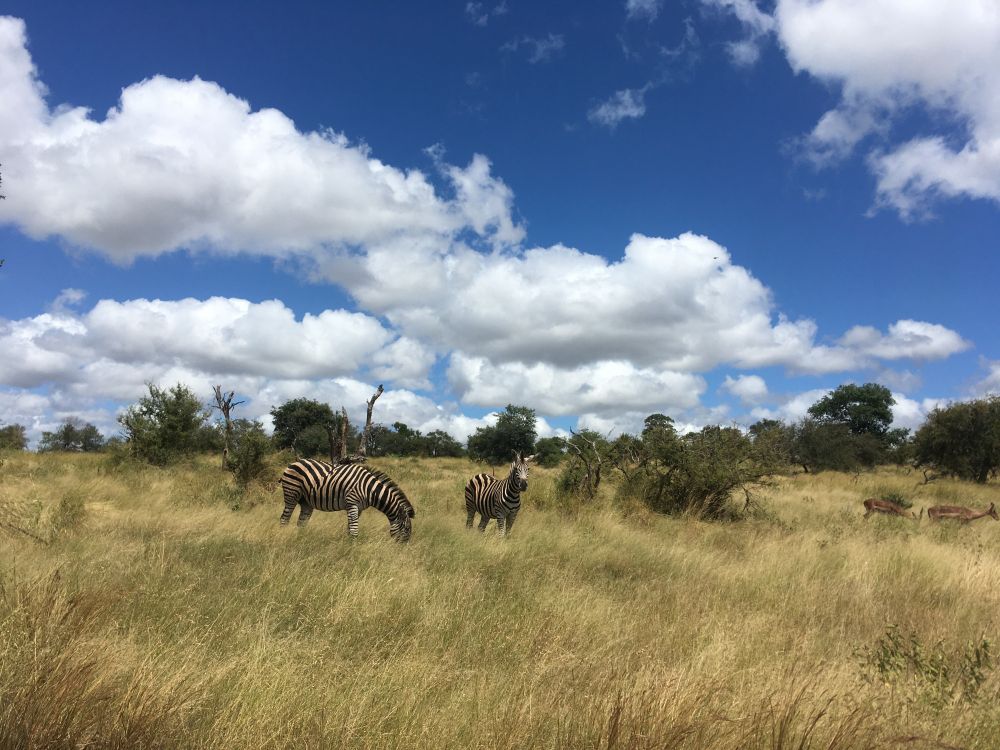
Closing tomorrow! Last chance to apply for postdoc to explore the role of animals in savanna ecosystem productivity & nutrient cycling! Link to job: tinyurl.com/53dy4584 #savanna #termites #largemammals
20.05.2025 08:50 — 👍 35 🔁 28 💬 0 📌 1
Pretty simple instructions to follow
14.05.2025 03:25 — 👍 4 🔁 0 💬 1 📌 0
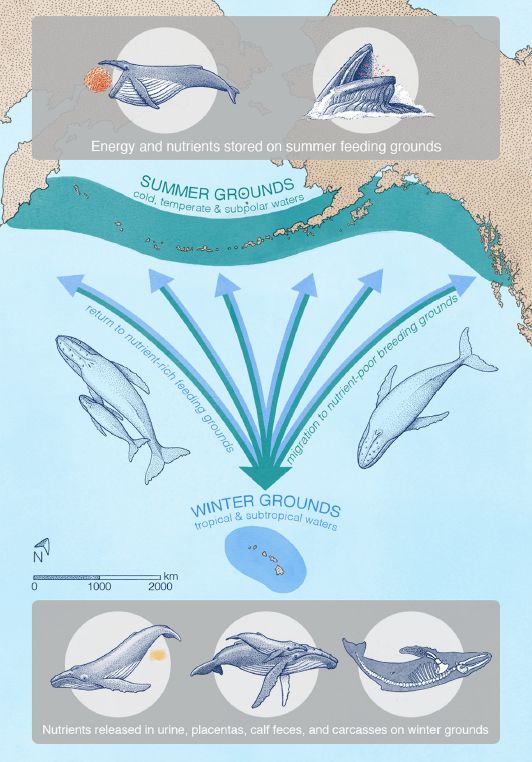
The "great whale conveyer belt" that transports nitrogen, carbon, and biomass from high latitude feeding grounds to concentrated low latitude breeding grounds in gray, humpback, and right whales.
Lovely figure by A. Boersma
doi.org/10.1038/s414...
01.04.2025 15:21 — 👍 51 🔁 11 💬 0 📌 0
Sure to be an interesting talk by @andrebellve.bsky.social.. also, be prepared for some excellent graphics! #scicomm
27.03.2025 08:01 — 👍 1 🔁 0 💬 0 📌 0
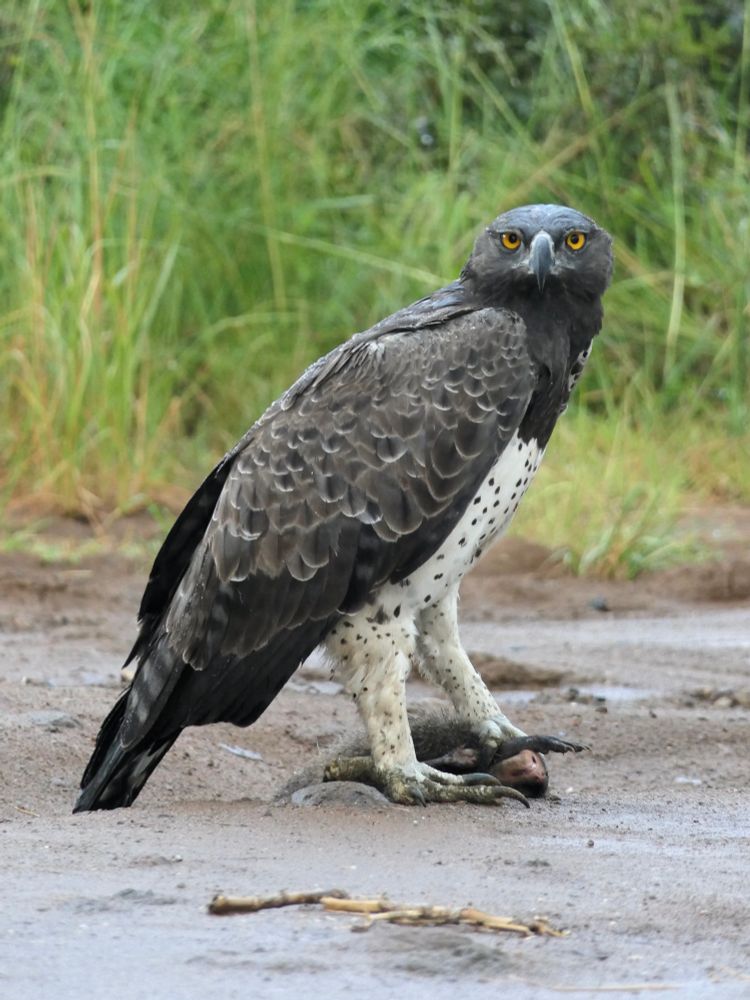
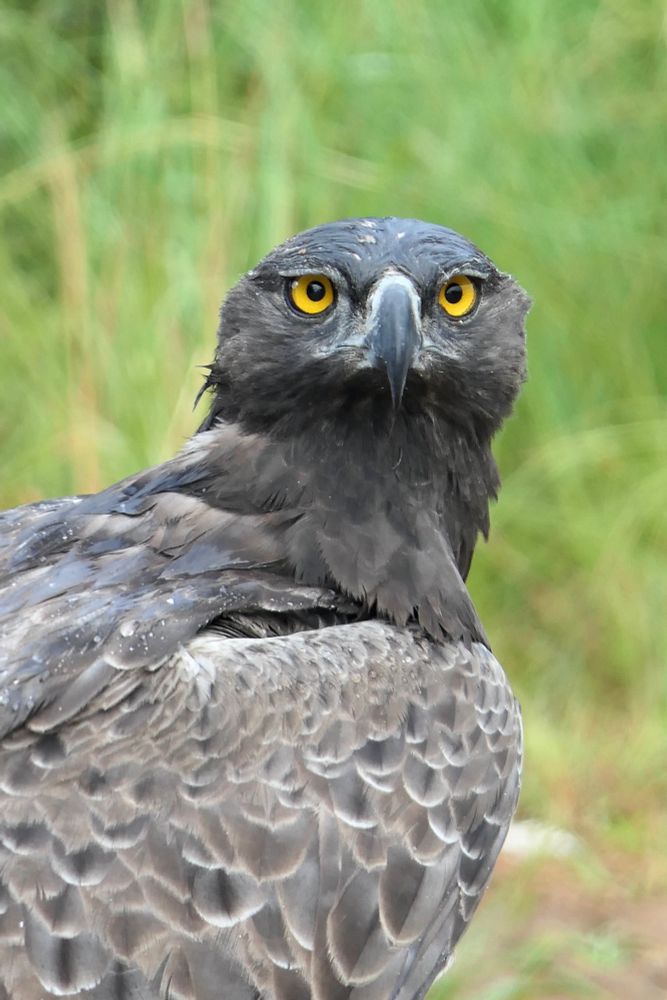
Beautiful sighting of a martial eagle eating a mongoose at iSimangaliso park today
13.03.2025 14:01 — 👍 5 🔁 1 💬 0 📌 0
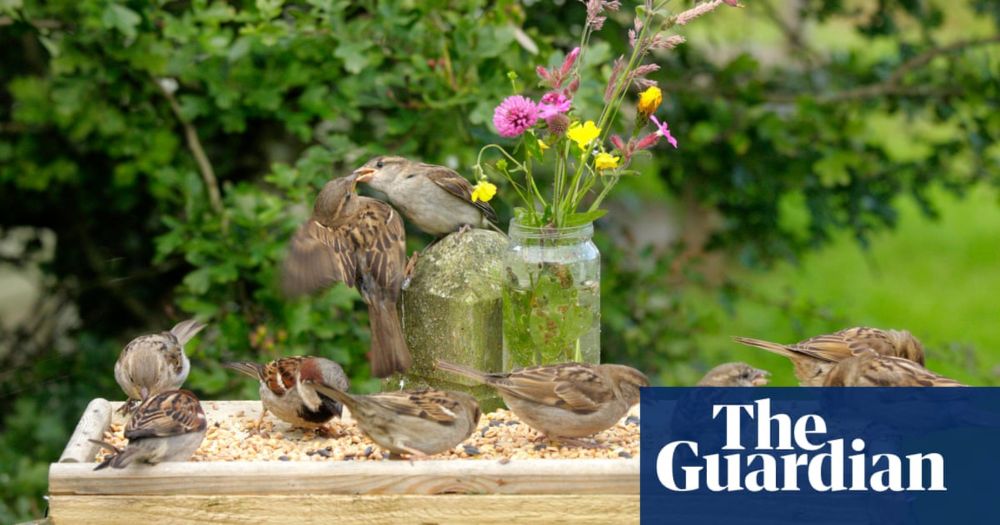
Should we stop feeding birds, what happens if we do and does it spread disease?
Half of British households put food out for birds but there is increasing concern it can spread disease
Half of British households feed birds.. but should we? Ft our recent study on potential issues of nutrient pollution.
www.theguardian.com/environment/...
Full paper: esajournals.onlinelibrary.wiley.com/doi/full/10....
13.03.2025 12:54 — 👍 26 🔁 11 💬 1 📌 2
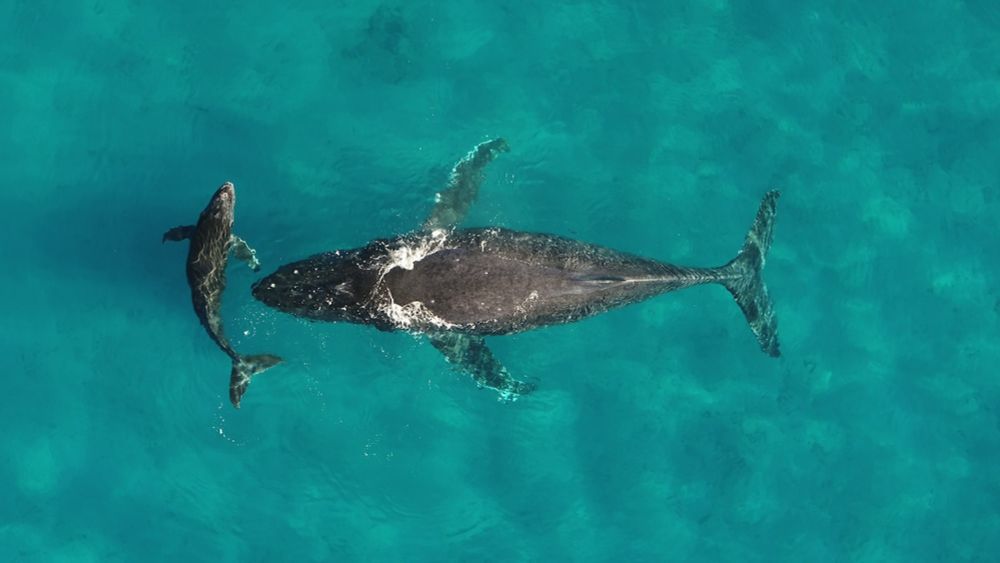
The stunning power of whale pee
A single whale can produce more than 250 gallons of urine in a day. It helps sustain life across the ocean.
Nice coverage by Nat Geo of our new paper quantifying the longest nutrient transport system in the world: whale pee
www.nationalgeographic.com/animals/arti...
For the full paper, see here: www.nature.com/articles/s41...
12.03.2025 13:13 — 👍 23 🔁 5 💬 0 📌 0
Our world is connected in many more ways than we think! Many thanks to a fabulous co-author team, led by Joe Roman @jjkiszka.bsky.social @luishuckstadt.bsky.social
10.03.2025 16:37 — 👍 4 🔁 0 💬 0 📌 0
But, industrial whaling has decimated whale populations, reducing this vital ecosystem process by about two-thirds. Today, conservation efforts have partially re-established the Great Whale Conveyor Belt, although climate change poses a new threat.
10.03.2025 16:37 — 👍 3 🔁 1 💬 1 📌 0
The whale-derived nutrients help support nutrient-poor tropical lagoon ecosystems, such as coral reefs. In Hawaii, we calculate that nutrient release by whales is ~1.5x more than abiotic processes, such as upwelling.
10.03.2025 16:37 — 👍 2 🔁 0 💬 1 📌 0
Each year, the whales undertake long migrations to give birth to their calves in warm tropical lagoons. In doing so, they transport vast quantities of nutrients such as nitrogen and release these in their urine, placenta and carcasses.
10.03.2025 16:37 — 👍 2 🔁 1 💬 1 📌 0
Science journalist and correspondent for Nature (she/her). Reach me at alexwitze.01 (Signal), witzescience (@gmail.com), or awitze (@protonmail.com).
Drought, global change, and the temporal weirdness of trees.
Assistant Professor at UNLV
Southwest Climate Adaptation Science Center (swcasc.arizona.edu)
Drewpeltier.com
Opinions my own.
he/him/his
limnologist | Director - Flathead L Bio Station | Bierman Prof of Ecology - U Montana | Director - Sustainable P Alliance, ASU | Member - NAS | opinions mine
Editor, The Revelator @therevelator.org. Covering the extinction crisis, wildlife, climate change and environmental justice. https://linktr.ee/johnrplatt
Elephant follower for 40+ years, with the odd primate and bird (especially birds) thrown in. Mentor.
Ecologist and scientist interested in biodiversity, conservation and ecosystem functioning. Working as an Assistant Prof. at Wageningen University
Physics, bubbles, oceans, hot chocolate and curiosity. Professor at UCL, writer, broadcaster. Author of Storm in a Teacup and Blue Machine https://linktr.ee/helenczerski Co-host of BBC Radio 4's Rare Earth
Ecological economist. Research and Data Analysis
at https://doughnuteconomics.org. Exploring a good life for all within planetary boundaries at http://goodlife.leeds.ac.uk
Writer. Science and climate communicator. Former Stegner fellow at Stanford. Daughter of Gallahop. Opinions are my own.
climate scientist
posts 100% my own
🇨🇦 is my home
distinguished professor & chair, Texas Tech
chief scientist, The Nature Conservancy
board member, Smithsonian NMNH
alum, UToronto and UIUC
author, Saving Us
Editor, @prospectmagazine.co.uk / Former EiC the Guardian/ @reutersinstitute ARusbridger.com/ Speaking: karen@chartwellspeakers.com.
Will is a wildlife photographer who also writes about the life of birds and other conservation topics - www.2wsphotography.com
Postdoc & Teaching Fellow @ Imperial College London
Research: coral reef diversity | benthic invertebrate communities | anthropogenic impacts | Autonomous Reef Monitoring Structures (ARMS)
BES Aquatic Group committee member @bes-aquaticgroup.bsky.social
Director, UCL People & Nature Lab, Prof of Ecology & Biodiversity #CBER. Passionate about finding solutions for both ecological & human health. Exploring #OneHealth, #Climate, #AI, #Tech4Nature, #ResilientCities https://profiles.ucl.ac.uk/35481-kate-jones
Ecologist trying to understand global changes. University of Cambridge.
Tropical ecologist, conservationist and politician living in exile in Scotland. Special Envoy of the Science Panel for the Congo Basin. Honorary Professor at Stirling. Former forests and environment minister of Gabon.
The Department of Earth Sciences at the University of Oxford
Germinated in 1991 at the University of Oxford
One of the world’s first interdisciplinary research institutions, continuing to tackle the challenges of environmental change, its causes, impacts, and adaptive solutions.
Professor of Marine Conservation, University of Exeter, UK.
Chief Scientist Convex Seascape Survey; Advisor to Blue Marine Foundation, Maldives Coral Institute, BBC Blue Planet III, CORDAP; Trustee of Nekton; Author of Reef Life: An Underwater Memoir.
The voice of Scotland's #environment community. Over 50 organisations working together for the environment.
www.scotlink.org





















